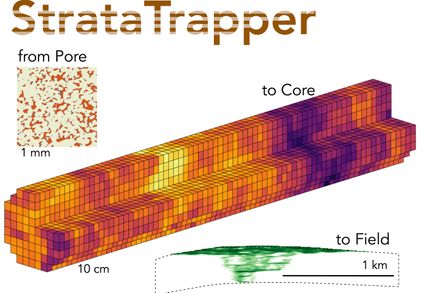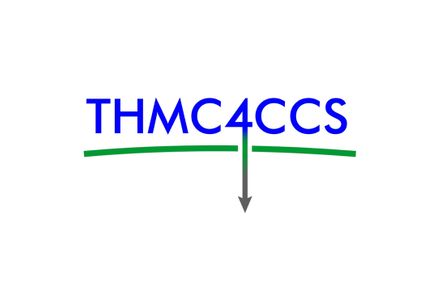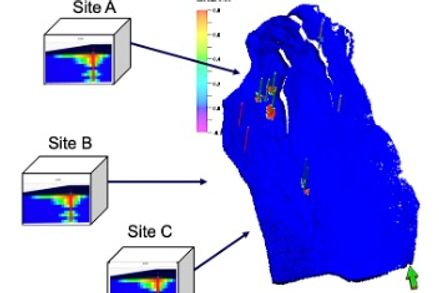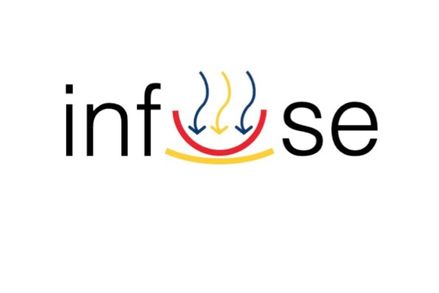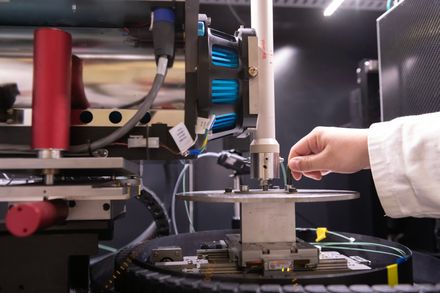BibTex format
@article{Kirby:2018:10.1021/acs.jpca.8b06863,
author = {Kirby, M and Simperler, A and Krevor, S and Weiss, D and Sonnenberg, J},
doi = {10.1021/acs.jpca.8b06863},
journal = {Journal of Physical Chemistry A},
pages = {8007--8019},
title = {Computational tools for calculating log β values of geochemically relevant uranium organometallic complexes},
url = {http://dx.doi.org/10.1021/acs.jpca.8b06863},
volume = {122},
year = {2018}
}
